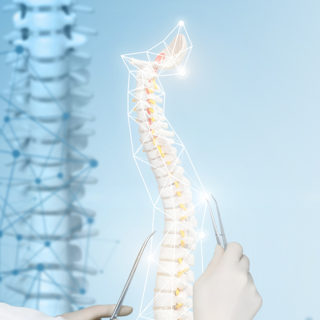Paralyzed mice are able to walk again after they have been injected with a small- molecule compound called CLP290, activating a protein called KCC2, according to Business Standard. The compound had the ability to revive neural circuits in mice with Spinal Cord Injury (SCI) and takes only four to five weeks of treatment before they regained steplike motions.
The compound injection is inspired by Epidural Stimulation, the only known effective treatment for Spinal Cord Injuries, where a stimulation device sparks electric currents to activate communication between the neurons and the brain. However, to break the limitation of an only-on-demand stimulation from the device, researchers from Boston Children’s Hospital came up with a “pharmacologic approach to mimic stimulation” to better understand how it could work.
To do this, they selected compounds that are already known to alter the reactivity of neurons and are able to cross the blood-brain barrier. CLP290, a compound used in the research, activates KCC2, which is a protein that plays a crucial role in the communication between the neurons and the brain. The production of KCC2 is shown to have declined dramatically as a result of the injury. Thus, by restoring KCC2 with CLP290, the inhibitory neurons can again receive signals from the brain enabling the ability for them to start communicating together again.
In the research, CLP290 was given to paralyzed mice in groups of ten. All mice had severe SCI, but with nerves intact. Each group and a control group given placebo, was treated for 8-10 weeks.
As a result, compound CLP290 had most effect on the mice with recordings that the hindlimb muscle issues showing signs of being active after being given the compound. The animal walking scores remained higher than the control group for up to two weeks after stopping treatment. There was hardly any bad deterring effects.
Researchers believe this compound could one day be applied to SCI patients, in addition to Epidural Stimulation, where the treatment device can apply electric current to the lower portion of the spinal cord. Paired with rehabilitation training, patients can regain movement.
“For this fairly severe type of spinal cord injury, this is most significant functional recovery we know of,” said lead author Zhigang He from Boston Children’s Hospital in the US to Business Standard.
“We saw 80 percent of mice treated with this compound, recover their stepping ability,” he added, in the paper published in the journal Cell.














